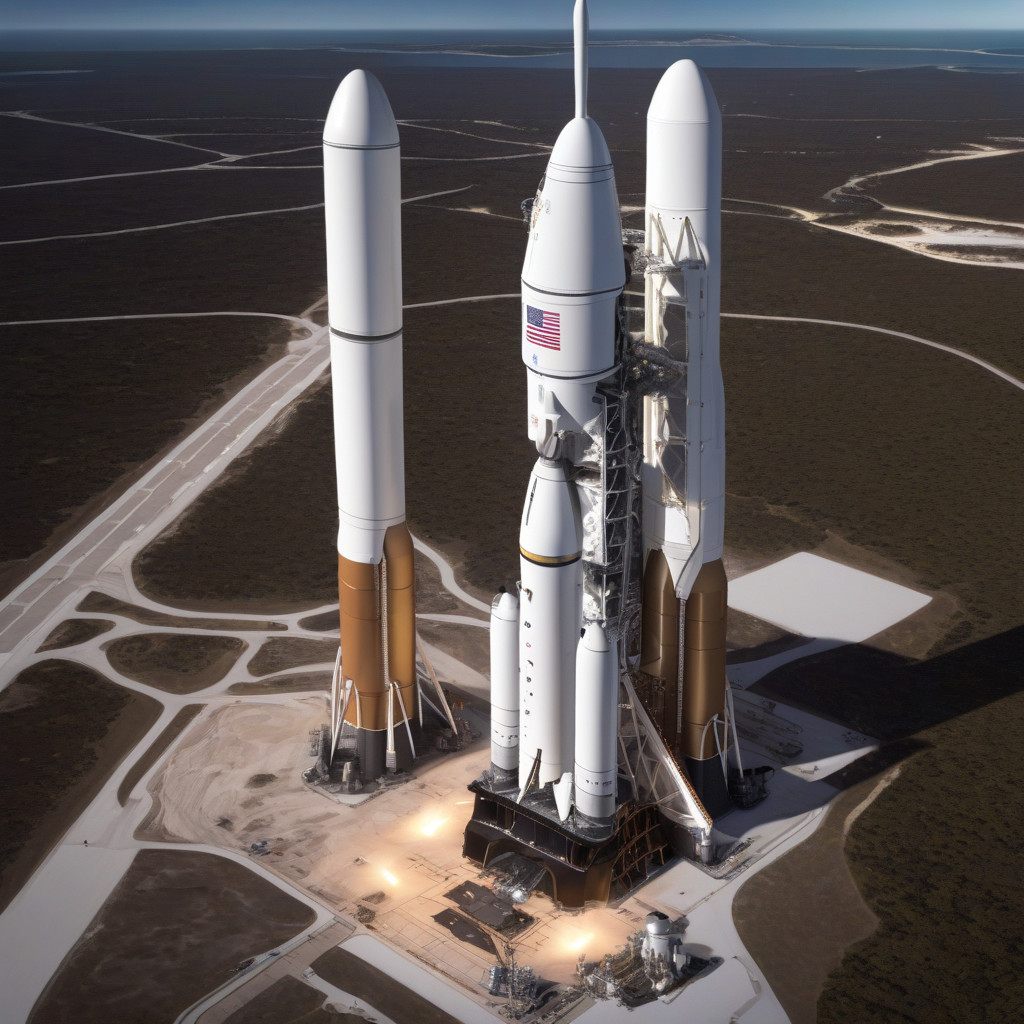When it comes to pushing the boundaries of space exploration, SpaceX undeniably stands out as a trailblazer. The recent achievement of launching one of its Falcon 9 boosters for a record-breaking 25th time showcases the company’s commitment to reusability and cost-effectiveness. However, while SpaceX has mastered the art of reusing boosters, a pertinent question arises: what about building reusable upper stages?
The Falcon 9 boosters have become synonymous with SpaceX’s success in reducing the costs of space launches. By landing and refurbishing these boosters, SpaceX has revolutionized the aerospace industry. This innovation has not only made space travel more sustainable but has also paved the way for ambitious projects like the Starlink satellite constellation and future crewed missions to Mars.
Despite the remarkable progress in reusing boosters, the focus on reusability has predominantly centered on the first stage of the rocket. The second stage, which plays a crucial role in propelling payloads into orbit or beyond, remains largely expendable. This raises the question of whether SpaceX could apply its expertise in reusability to upper stages, thereby further revolutionizing space travel.
Building reusable upper stages poses significant technical challenges. Unlike boosters, which return to Earth shortly after liftoff, upper stages operate in higher altitudes and velocities, making recovery and refurbishment more complex. Additionally, the weight and design constraints of upper stages present unique obstacles that require innovative solutions.
One potential approach to achieving reusable upper stages is the development of fully or partially reusable systems. SpaceX’s Starship project exemplifies this vision, aiming to create a fully reusable spacecraft capable of carrying both crew and cargo to destinations across the solar system. By leveraging technologies such as in-orbit refueling and advanced materials, SpaceX is pushing the boundaries of reusability beyond the first stage.
The benefits of reusable upper stages are substantial. Not only would it further reduce the costs of space missions, but it could also enable rapid turnaround times between launches, ultimately increasing the frequency and accessibility of space travel. Moreover, reusable upper stages align with SpaceX’s long-term goal of making humanity a multiplanetary species by enabling sustainable and cost-effective transportation beyond Earth.
As SpaceX continues to innovate and push the boundaries of space exploration, the prospect of reusable upper stages remains an exciting frontier. While challenges lie ahead, the success of reusing Falcon 9 boosters for the 25th time underscores SpaceX’s ability to overcome technical hurdles and revolutionize the aerospace industry. By expanding its reusability efforts to include upper stages, SpaceX has the potential to redefine the future of space travel and inspire the next generation of explorers.
In conclusion, while SpaceX’s prowess in reusing boosters is unparalleled, the prospect of building reusable upper stages represents the next frontier in space exploration. By applying its innovative spirit and technical expertise to this challenge, SpaceX could unlock new possibilities for sustainable and cost-effective space travel. As we look towards the stars, the vision of reusable upper stages holds the promise of a future where humanity’s reach extends far beyond Earth’s bounds.

